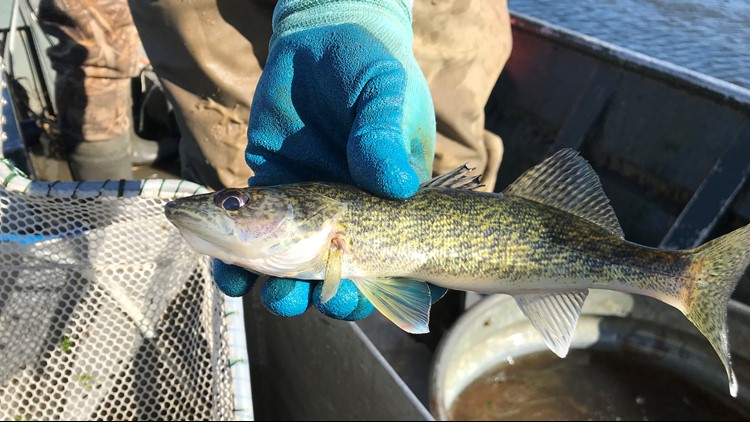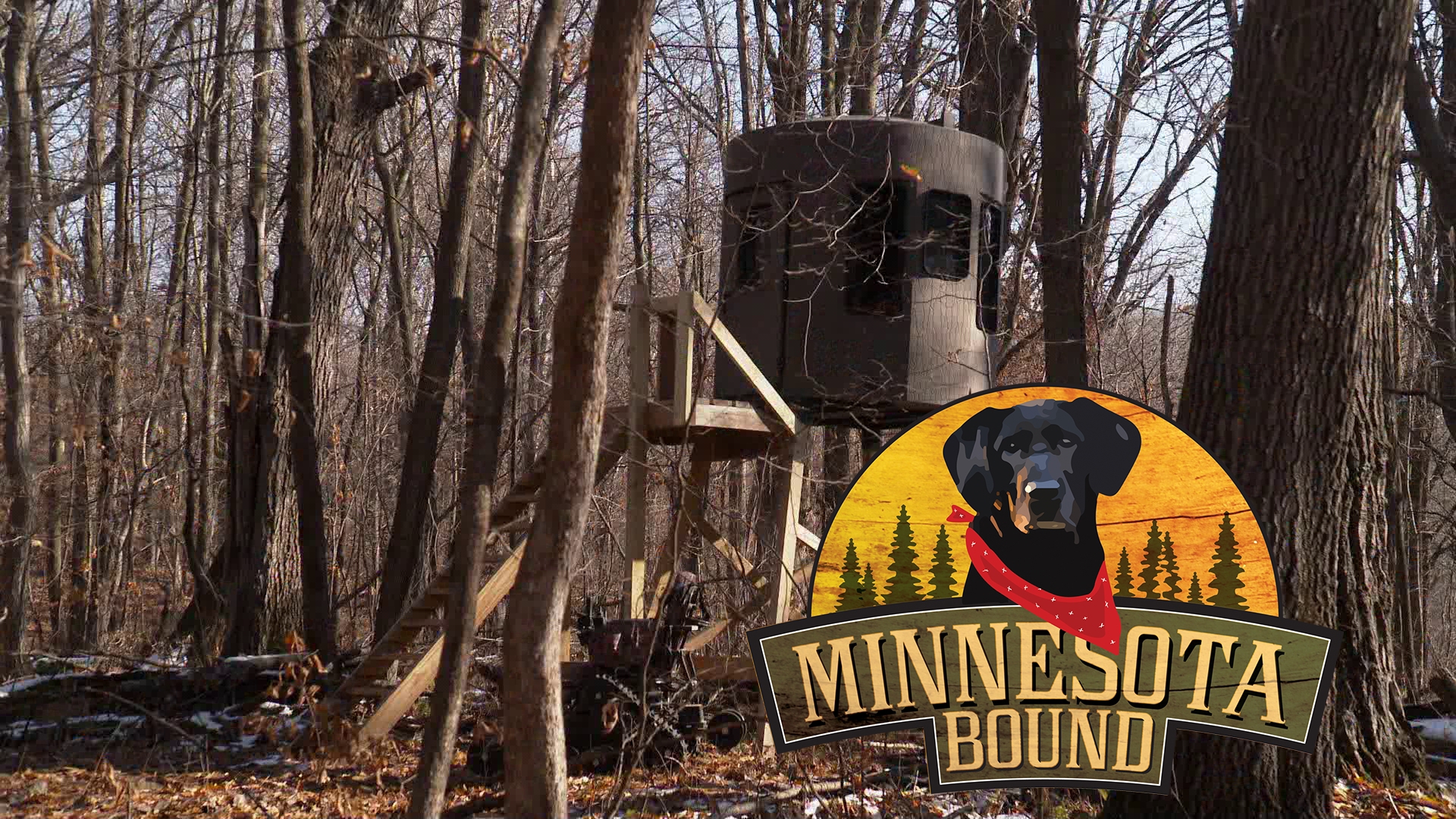ST PAUL, Minn. — It's not exactly a fish fry's worth, but ice anglers do have a bit of incentive to fish one of Minnesota's top walleye hatcheries.
DNR officials announced Monday that fishermen and women can keep one walleye in a slot between 21 and 23 inches, or one that's over 28 inches. The regulations begin December 1.
“It’s good news that anglers will be able to harvest walleye again this winter,” said Sarah Strommen, DNR commissioner. “We’re encouraged to see evidence that our conservative approach to Mille Lacs is paying off, allowing continued walleye angling opportunities on this renowned fishing lake.”
Last winter anglers pulled more than 15,000 pounds of walleye through the ice. This year's harvest will be counted toward the state’s annual share of walleye from Mille Lacs under the 1837 treaty. State anglers share the safe harvest level with eight Chippewa tribes that have fishing rights under that treaty. The state’s allowable harvest for the coming year will be set in early 2020 through discussions between the state and the tribes.
“When the walleye population can support it, we want to provide anglers the opportunity to harvest some fish,” said Brad Parsons, DNR fisheries section manager. “As in recent winters, we’re confident that the walleye population is healthy enough to support some harvest.”
While encouraged by the rebound in the Mille Lacs walleye population, the DNR continues to take a cautious approach to managing the fishery. Survival of walleye to age 3 and older has been inconsistent in recent years. The fish that hatched six years ago – referred to as the 2013 year class – are now 17 to 21 inches and continue to dominate the population, accounting for about 40 percent of the fish caught in fall test netting.
Year classes formed since 2013 show mixed results.
Numbers of walleye from the 2014 and 2015 year classes remain below the 15-year average. The 2016 year class appears close to average, while the 2017 year class, now between 12 and 14 inches in length, is above average in abundance. The size of the 2017 year class is significant because since 2008, only the 2013 year class had been average-or-above.
“We are encouraged to see additional year classes that will contribute to the fishery in the future,” Parsons said. “Having multiple year classes approaching maturity makes us more comfortable with starting to harvest some of the 2013 year-class under this winter’s regulation.”



